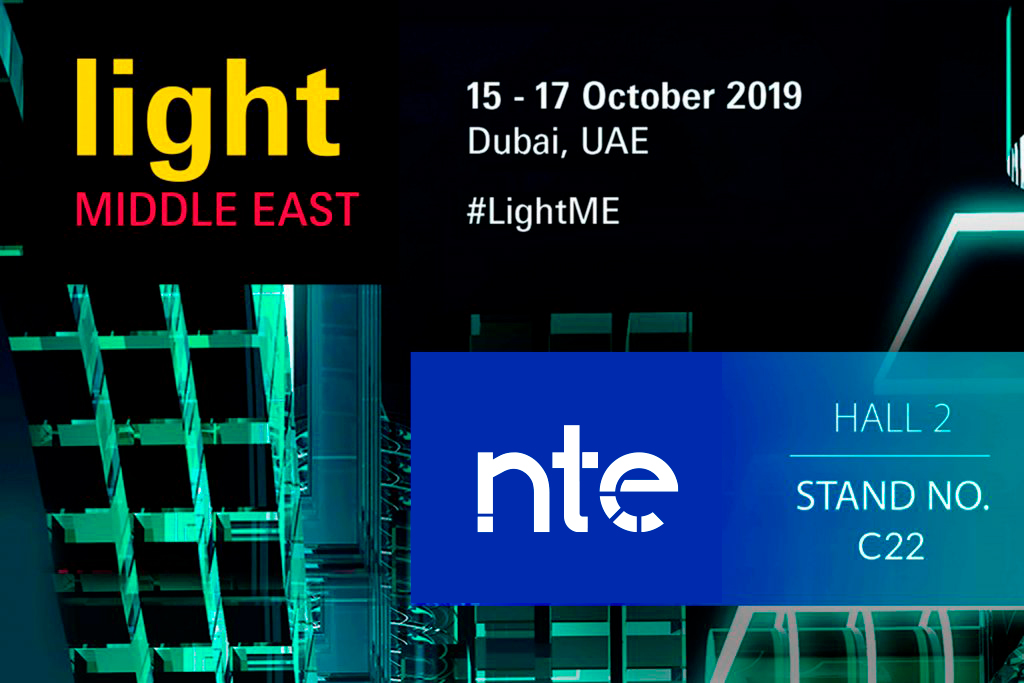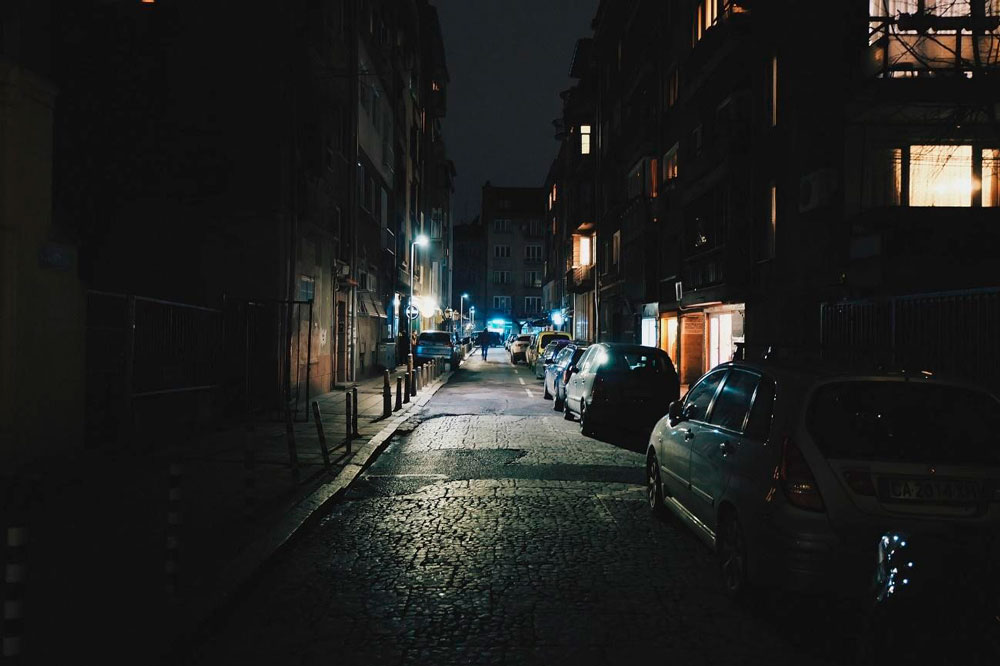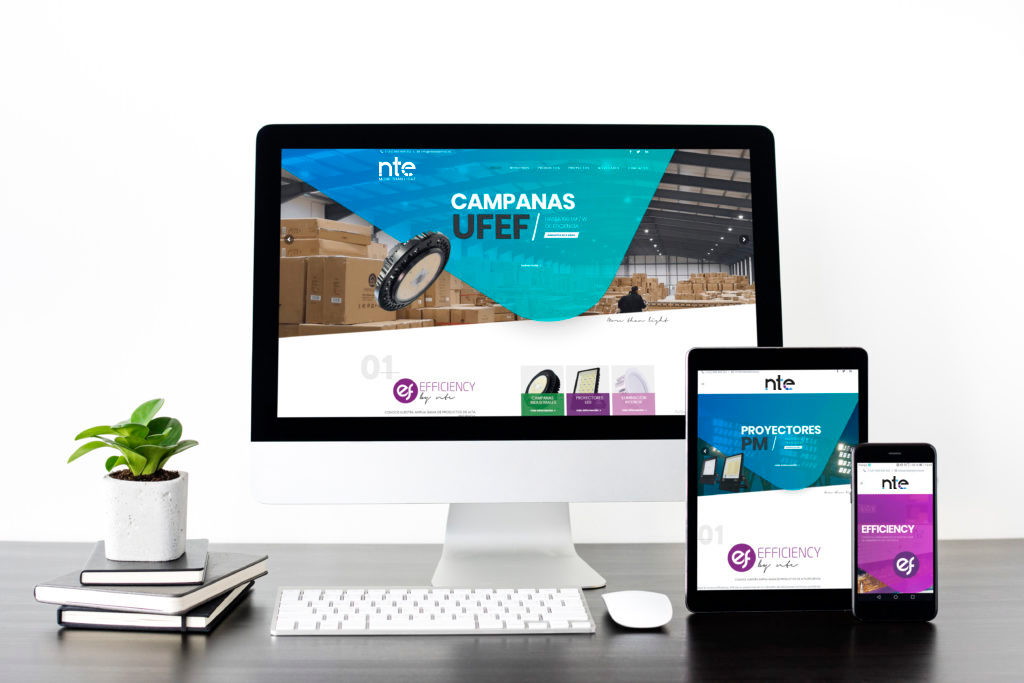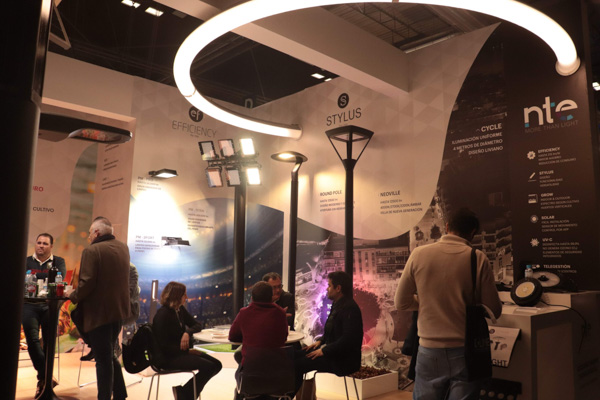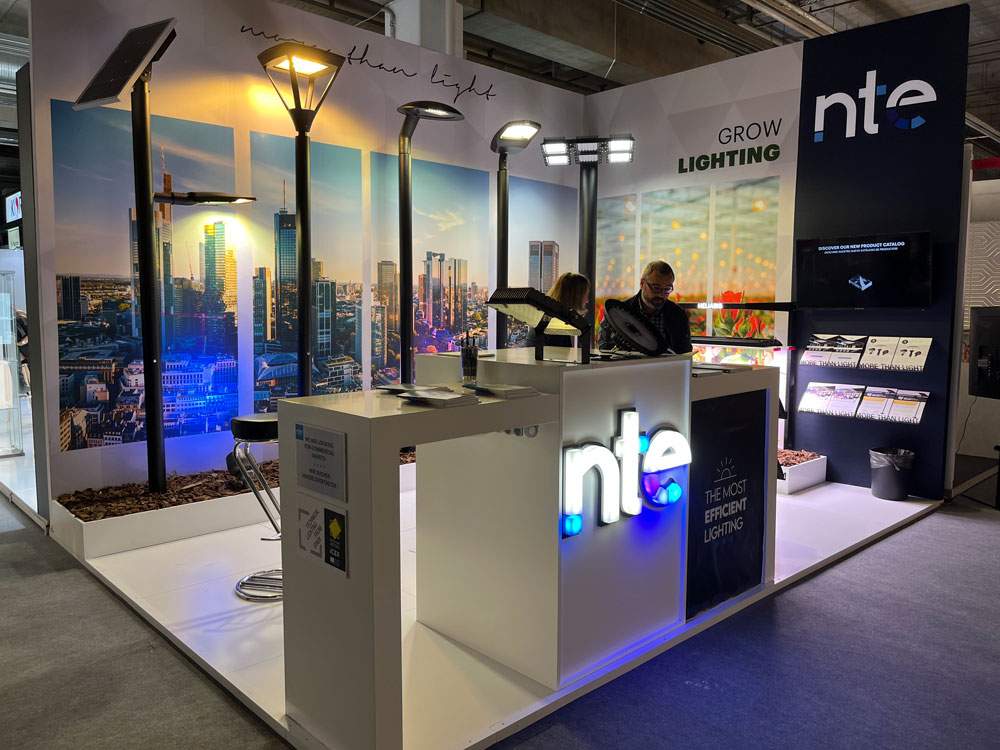Every step of an illumination project of tunnels, from the simplest to the most complex one, requires of certain requisites and standards which should be applied for being able to guarantee a comfortable lighting situation for the drivers.
There’s a big difference between the illumination of a tunnel and the illumination of public streets, because when the drivers enter or leave the tunnel there are light changes.
This is why it is necessary to optimize the lighting situation.
Actually, the requirements of illumination of a lighting project of a tunnel might vary depending on the different zones of the tunnel.
In what follows we are going to present you some important factors you should keep in mind when it comes to illuminating tunnels.
Keep reading and don’t miss anything!
Tabla de contenidos
ToggleStandards of tunnel illumination
First, we would recommend you inform yourself about which standards apply to public road works in the country you want to realize a project like this. The collected information will help you to get an idea of the ideal luminaire to be installed.
Different sections of tunnels
Let’s say every standard tunnel consists of five zones. Every zone needs to be lit differently. These five zones would be classified as follows:
Entering zone
In this initial zone there might be a visual contrast for the eyes of the drivers meanwhile adapting to darker surroundings. This is when the illumination there has to be brighter than on the outside of the tunnel to guide the drivers while entering. The time our eyes need to adapt to the change is short, but could be dangerous for all involved.
“Danger” zone
This section is the first section of the tunnel where most accidents happen to happen. It’s like a black hole during daytime which requires a special illumination for a better visibility. The exterior luminance helps to perceive the details of the interior while the drivers’ eyes slowly adapt to the new brightness.
Transition zone
Assuming that the humans’ eyes begin to adapt themselves to the illumination of the tunnel in the previous sections then the adaption in this section should be easier. The visibility of the black hole diminished in the transition zone even though the visions’ comfort of the driver should be important still.
The contrast of the luminosity in the transition zone should begin to diminish gradually to adjust the drivers’ eyes to the altered light situation. Also, it is the longest section of the tunnel which leads to the exit why it’s necessary to reduce luminosity.
Interior zones
Near the exit is the interior zone where only the tunnels’ illumination has influence on the eyes’ adaption to the different light situation. In this section, the illumination level will remain constant while the adaptation progress is coming to an end.
The lighting here goes along well with the natural light outside – for the best visibility possible for the drivers.
Exit zone
Exiting the tunnel means that the eyes of the drivers have to adapt themselves again from a darker to a brighter environment, so quite contrary to before when entering the tunnel.
This means that the lighting design has to be different for day- and nighttime, so making use of a dimming function could be a good option.
The light should adapt itself to the changing environments to help the drivers see clearly. During the night, the interior lighting of the lanes withing 300 meters before the exit helps to prevent accidents.
Light spread in tunnels
While designing tunnels it’s important to always consider the best light distribution possible for every section of it.
It is okay for natural light to enter the tunnel – if not farther than 15 meters from its entrance. The majority of lighting installations in tunnels can be found between 2-4 meters of altitude which makes objects visible from afar (ca. 100 meters).
Maintenance of tunnel illumination
There might come a time when the lights of the tunnel aren’t working like they should or reached their maximum durability. For that it is very important to regularly do check-ups on the installations to guarantee the security of the drivers.
Being able to properly inspect the installations inside the tunnel it is necessary to close the tunnel totally or partially.
Final conclusion
In summary it can be said, therefore, that the illumination of tunnels requires a great amount of responsibility to making sure everything works perfectly. The purpose of it is to protect the passing drivers.
The requisites of adequate illumination ensure the adaptation of the eye to the illumination differences. The light spread is different when entering or exiting the tunnel. For this, the maintenance of the tunnel plays such a big role.
Here at NTE we offer a great experience in finding lighting solutions for every kind of project. Get in touch with us and learn about our products to enjoy the best illumination possible for your project or public road works.
